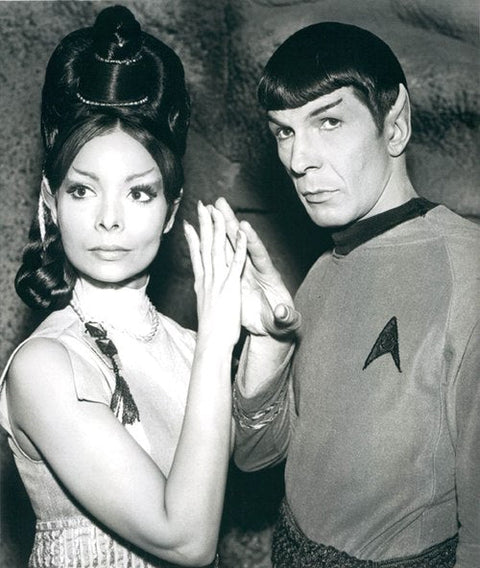In the world of Star Trek, few dates are as important as April 5, 2063—the day humanity made first contact with an extraterrestrial species. Known as First Contact Day, this event marked the turning point that led to the formation of the United Federation of Planets and humanity’s place among the stars. But why was this moment so significant, and how did it shape the Star Trek universe as we know it? Let’s take a deep dive into the importance of First Contact Day and why it remains a cornerstone of Star Trek lore.
Zefram Cochrane and the First Warp Flight
At the heart of First Contact Day is Zefram Cochrane, the brilliant yet eccentric scientist who built and piloted the first human-made warp-capable ship, the Phoenix.
On April 5, 2063, Cochrane launched the Phoenix from a repurposed missile silo in Bozeman, Montana.
The ship successfully reached warp speed, sending a subspace signal into space—a sign to advanced civilizations that humanity was ready for interstellar interaction.
Nearby Vulcans, who had been monitoring Earth for signs of technological progress, detected the signal and decided to make contact.
Cochrane’s achievement was not just a breakthrough in physics; it was the catalyst for humanity’s transformation from a fractured, war-torn species into a unified, spacefaring civilization.
The Vulcans Arrive: Humanity’s First Step Into the Stars
Shortly after the Phoenix’s flight, a Vulcan survey ship, the T'Plana-Hath, landed in Bozeman. This marked the first official meeting between humans and an extraterrestrial species.
The Vulcans, who had been following the Prime Directive (avoiding interference with less developed species), deemed humanity ready for first contact after seeing proof of warp technology.
The historic moment in Star Trek was sealed with a simple yet powerful gesture—a Vulcan offering the traditional salute to Zefram Cochrane, saying, “Live long and prosper.”
This peaceful encounter shattered centuries of human fears about alien life and laid the foundation for interstellar cooperation.
This event had enormous consequences in Star Trek, setting humanity on a path toward a brighter future.
How First Contact Changed the Course of History
Before April 5, 2063, Earth was in a state of chaos following World War III, which left millions dead and civilization in ruins. The Vulcans’ arrival gave humanity hope and guidance, steering them toward recovery and progress. Key developments after First Contact included:
The eventual formation of the United Federation of Planets (UFP), which promoted peace and exploration.
The beginning of human space exploration beyond the Solar System, leading to faster advancements in technology.
The establishment of Starfleet, an organization dedicated to peaceful exploration and defense.
A new era of diplomacy, with Earth eventually becoming one of the most influential planets in interstellar politics.
Without First Contact in Star Trek, humanity might have remained divided or even regressed further. Instead, this moment united the planet and set the stage for its future among the stars.
First Contact Day in Star Trek Canon and Beyond
Since its introduction in Star Trek: First Contact (1996), First Contact Day has been referenced across multiple Star Trek series, including Enterprise, The Next Generation, Deep Space Nine, and Lower Decks. In-universe, it is celebrated annually as a major historical event, much like an intergalactic Independence Day.
In Star Trek: Lower Decks, Starfleet officers celebrate First Contact Day with festivities, quizzes, and themed food like “Zefram Cochrane’s cheese pierogies.”
The film Star Trek: First Contact explores how the Borg tried to prevent this event from happening, highlighting its importance in galactic history.
Even outside of Star Trek, April 5th has become a real-world holiday for Trekkies, with fan events, screenings, and discussions commemorating the legacy of First Contact Day.
A Defining Moment for Humanity and Star Trek Fans
First Contact Day represents more than just a moment in a fictional timeline—it embodies Star Trek’s core themes of hope, progress, and unity. The idea that humanity can overcome its darkest times and reach for the stars is what makes Star Trek so compelling.
Whether you’re a lifelong Trekkie or a casual fan, April 5th is a day to celebrate the future we aspire to—one of exploration, cooperation, and endless possibilities.







